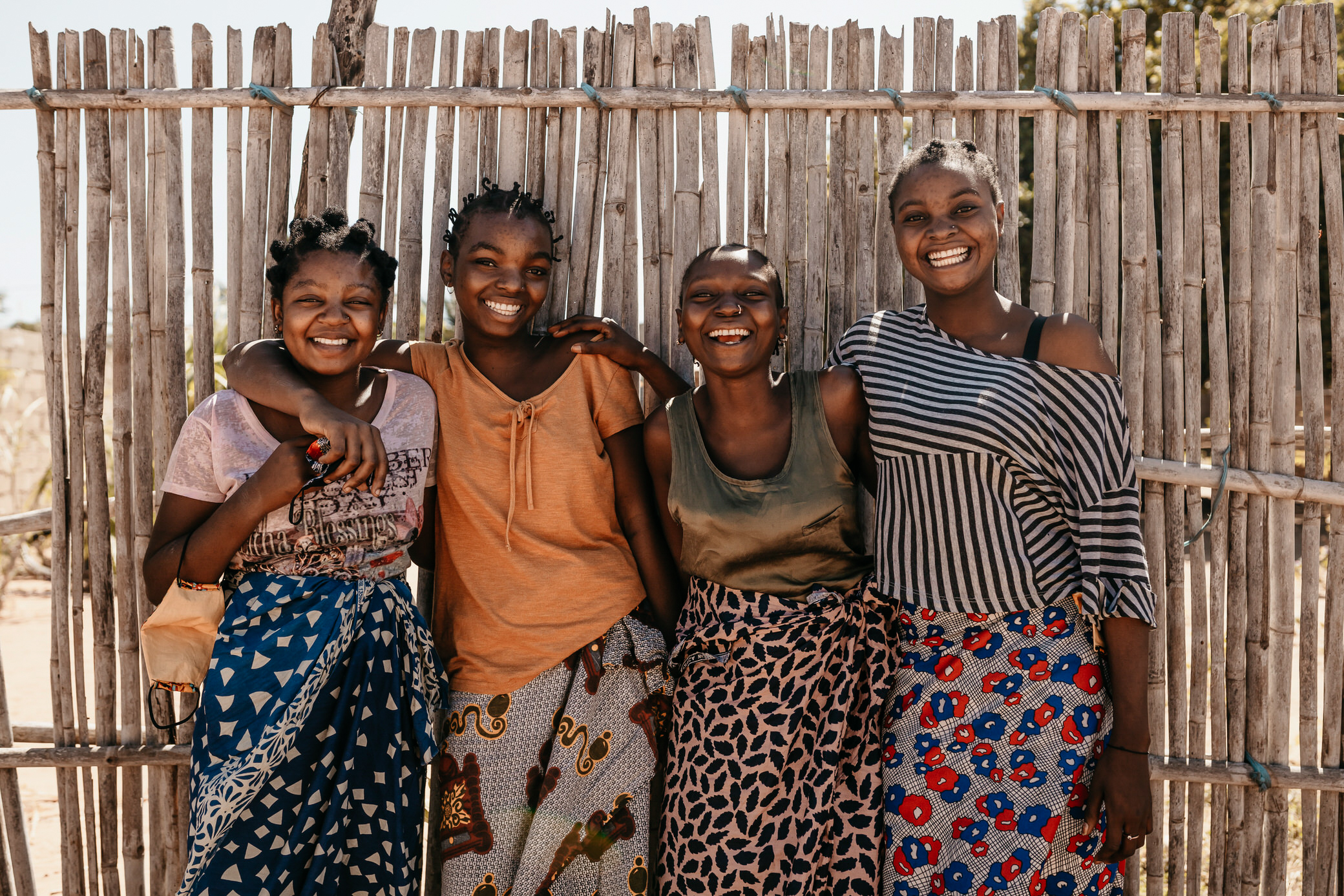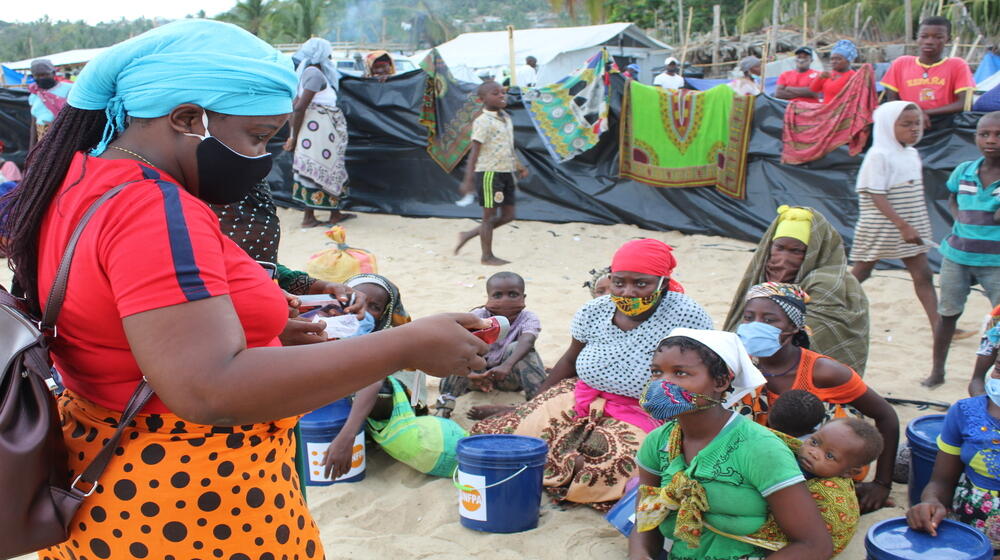This op-ed was first published on Project Syndicate
MAPUTO – Mozambique often makes international headlines these days because of its frequent cyclones and the worsening conflict in the north of the country. But, much like Southeast Asian economies in the 1980s and 1990s, the country has a chance to seize a demographic window of opportunity, stimulate economic growth, and sustain a sizeable middle-class workforce. Fulfilling this promise, and avoiding less favorable outcomes, will require rapid large-scale investment in Mozambique’s young people.
With fertility declining only gradually, Mozambique’s population is projected to double between now and 2050, to 60 million, of whom 55% will be under 25. But Mozambique is still far from seizing its demographic opportunity, because population growth continues to outpace the expansion of education and employment possibilities for young people. The United Nations Population Fund (UNFPA) estimates that the number of 15-24-year-olds who were neither employed nor in education increased by one million – thus more than doubling – in the decade between the 2007 and 2017 censuses.
But with the right policy mix, Mozambique can accelerate its demographic transition and realize large and sustained economic dividends. Specifically, concurrently emphasizing job-oriented economic reforms and investments in family planning and education could result in a GDP per capita of more than $8,000 by 2051, similar to that of an upper-middle-income country like South Africa or Namibia. Compared to that outcome, a business-as-usual scenario without such investments would cost the country $6,000 per capita in foregone GDP. Mozambique would also face the economic and social costs associated with higher public debt, additional strain on an already overstretched health system, lower productivity, and higher youth unemployment.

Picture: © UNFPA Moçambique / Mbuto Machili
Youth-fueled urbanization will be crucial to Mozambique’s future prospects.
Youth-fueled urbanization will be crucial to Mozambique’s future prospects. Urbanization, particularly if combined with adequate and well-planned resource allocation and infrastructure, can make countries wealthier. It is also a key driver of Mozambique’s demographic transition, with the fertility rate having already declined at a much faster pace in urban areas, to 3.6 children per woman, than in rural parts of the country, where it remains at 6.1 children per woman.
The government must invest heavily in young people now in order to reap the long-term benefits. Increased spending on adolescent sexual and reproductive health will be crucial. Investments that create demand for such services must be complemented with a simultaneous increase in their supply that can withstand the trends and shocks, from urbanization to climate-related disasters, that continue to affect the country.
Sexuality and reproductive-health education is key to generating demand for services such as family planning. School-based comprehensive sexuality education programs have led to increased contraception and condom use, and delayed first sexual intercourse, among other notable outcomes. But policymakers need to consider tech-based or other innovative ways of delivering this education rapidly and effectively.
Since 2019, young Mozambican creators of the mobile application Dika have provided geospatial information about youth-friendly services and timely tips related to sexual and reproductive health. Dika is one innovation that scaled up its services in 2020 to incorporate COVID-19 content, developed by and for youth, to help flatten Mozambique’s infection curve.
But digital literacy remains low. Only 7% of the Mozambican population – 15% in urban areas and 2% in rural regions – regularly uses the internet. And just 22% of women have access to a mobile phone.
There are nonetheless several innovative ways to expand the distribution of reproductive-health services. These include using drones or private-sector supply chains to deliver medical supplies, increasing the use of telemedicine through IT-based solutions like artificial intelligence, and making injectable contraceptives more widely available.
In Mozambique, UNFPA is supporting efforts to expand access to modern family-planning methods, particularly contraceptive injections that girls in hard-to-reach areas can easily and safely administer. This initiative is likely to succeed, given that 45% of modern contraceptive users in Mozambique are already using injectables – a far more popular and discreet option than the pill or implants.
Data – disaggregated by age and gender – remain vital to developing a more youth-responsive and resilient health system.
Lastly, data – disaggregated by age and gender – remain vital to developing a more youth-responsive and resilient health system. In a country where marriage and sexual activity can begin as early as the age of ten, and where more than one in three girls aged 15-19 have given birth to at least one child, a lack of disaggregated data can render girls and youth invisible.
UN projections show that demand for contraception in Mozambique will exceed five million users by 2030. Despite the country’s progress in lowering the unmet need for family planning, the recently announced global funding cuts to UNFPA Supplies – the agency’s flagship partnership for reproductive-health commodities, including condoms and contraceptive implants for family planning – are worrying.
These funding cuts increase the existing gap for family-planning supplies in the country. Based on the overall funding situation for contraceptives in Mozambique as of mid-June, UNFPA estimates (using Family Planning 2020 data) that the decline in users of contraception over the next three years could result in over 177,000 unsafe abortions and 1,800 maternal deaths.
Realizing these goals will require concerted investments, innovation, and new forms of partnerships. Mozambique’s bulging youth population is in a race against time. Unlocking its potential – above all by reducing its fertility rate – can pave the way to huge socioeconomic gains, just as it has elsewhere in Africa and beyond.
Andrea M. Wojnar, the United Nations Population Fund Representative for Mozambique, is a former UNFPA representative in Senegal and country director for The Gambia.
Copyright: Project Syndicate, 2021.
www.project-syndicate.org


